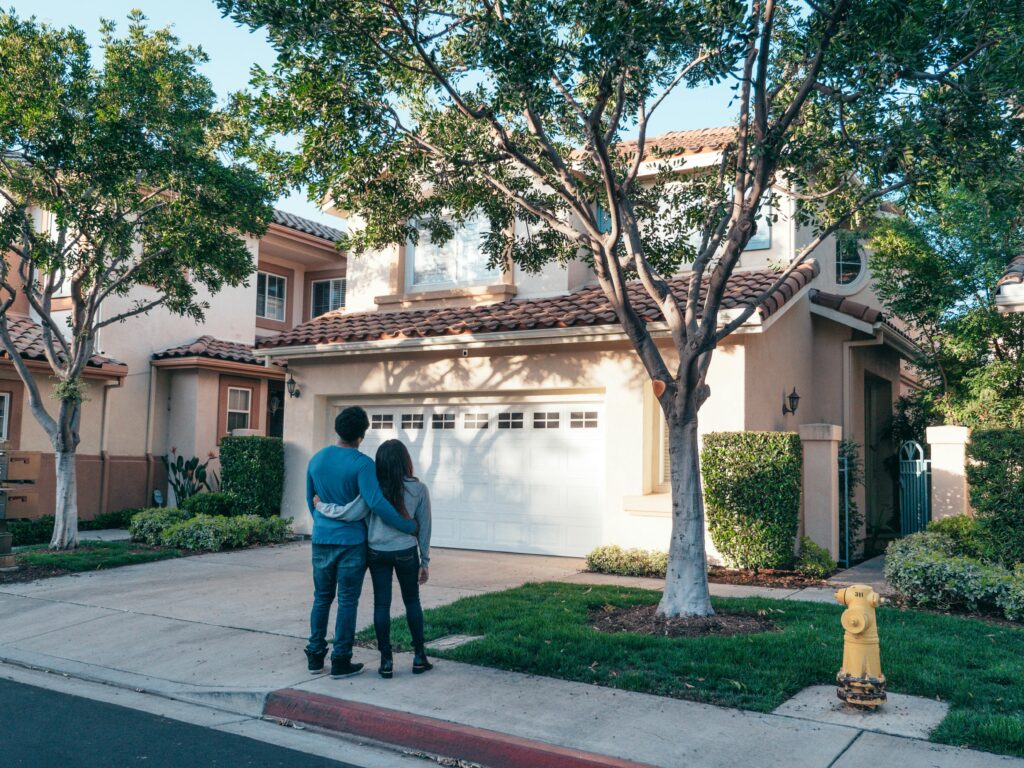FHSSS in Focus: A Timely Strategy for First Home Buyers
In today’s high-cost housing market, the journey to owning your first home can feel more like climbing a mountain than a financial milestone. But what if you could use your superannuation to get there faster?
The First Home Super Saver Scheme (FHSSS) was introduced to help Australians save more efficiently for their first home deposit by allowing eligible contributions into super—often with significant tax advantages.
Whether you’re a young professional just starting your career or a couple planning a future together, the FHSSS can be a powerful tool in your savings arsenal.
And it’s not just for those earning average incomes. If you’re a high-income earner—say over $250,000 per year—there are still opportunities. But you’ll need to be mindful of Division 293 tax, which applies an additional 15% tax on concessional contributions for high-income earners. Even so, with the right structure, the FHSSS can still offer advantages over traditional saving methods.
What Is the FHSS Scheme?
The FHSSS allows first home buyers to voluntarily contribute up to $15,000 per financial year (and up to a total of $50,000 from July 1, 2022) into their super fund to save for a home deposit. These contributions can be either:
- Concessional (before-tax) – such as salary sacrificing
- Non-concessional (after-tax) – like personal contributions
Can You Use Superannuation for a House Deposit?
Yes—but only your voluntary contributions and the earnings on those contributions. You cannot withdraw the compulsory Superannuation Guarantee amounts paid by your employer.
This means the money you access for a house deposit is money you’ve proactively contributed—giving you both control and tax efficiency.
If you haven’t made any voluntary contributions, the only way you can access super is by meeting a standard condition of release, like retirement. The FHSSS allows earlier access without needing to retire.
Why It Could Beat a Regular Savings Account
| Saving Method | Tax Advantages | Earnings Potential | Flexibility |
| Regular Bank Account | None | Low | High |
| FHSS Scheme | High (15–30% tax rate depending on income) | Moderate to High (super returns) | Moderate (must follow rules) |
The FHSSS offers better after-tax outcomes and strong potential for long-term savings, especially for disciplined savers.
Real Example: Saving Inside vs Outside Super
Let’s say you earn $150,000 with a marginal tax rate of 37%.
You salary sacrifice $10,000 into super:
- You reduce your taxable income and save $3,900 in income tax.
- Your $10,000 contribution is taxed at 15%, leaving $8,500 invested.
After three years, you’ve contributed $30,000 and can withdraw the amount (plus earnings), taxed at your marginal rate with a 30% offset:
- You pay approximately $6,285 total tax.
- You walk away with ~$23,715 for your deposit.
Compare that to saving outside super:
- You would have paid ~$11,700 in tax.
- You’re left with just $18,300 after three years.
Difference? Over $5,000 extra saved—without accounting for investment growth.
Now consider someone earning over $250,000. Even with the additional 15% Division 293 tax (bringing the total tax to 30%), you’re still benefiting from long-term growth inside a tax-advantaged environment.

Strategy in Action: Couple Example
If you and your partner both participate in FHSS:
- You can save up to $100,000 combined.
- That can significantly increase your borrowing power and lower LMI (Lenders Mortgage Insurance).
FHSSS Eligibility and Withdrawal Requirements
To use the scheme, you must:
- Be 18 years or older
- Never have owned property in Australia before (some exceptions apply)
- Intend to live in the home for at least 6 months within the first year
When you’re ready to buy, request an FHSSS determination and apply to the ATO before signing a contract.
Things to Watch Out For
- Caps: Max $15,000 per financial year and $50,000 total.
- Withdrawal Tax: Taxed at marginal rate minus 30% offset.
- Contribution Cap: Total concessional contributions, including employer super, must stay under $27,500/year.
For high-income earners, this might mean spacing out contributions over a few years.

Why Advice Matters
At CFV Advisory, we tailor strategies that work in real life—not just on paper. One client on the highest marginal tax rate reduced their income tax over two years and used the FHSS scheme to build a stronger deposit.
Our process ensures you:
- Understand the right amount to contribute
- Align FHSS with your homeownership timeline
- Maximise tax efficiency without overextending cash flow
Final Thoughts: Save Smarter, Not Harder
The First Home Super Saver Scheme helps you take control of your future. Whether you’re on a moderate income or among Australia’s highest earners, there’s a way to make this work for you.
With tax advantages, structured savings, and personalised advice, you can take confident steps toward home ownership.
Want to explore how FHSS can help you? Speak with us at CFV Advisory.
About the Author
Victor Idoko, CFA, is the Founder of CFV Advisory, with 16 years of financial study and 13 years of professional experience. Holding a Master’s from the University of Western Australia, he specialises in financial planning for Australians at all life stages.
Helpful Resources:

